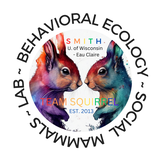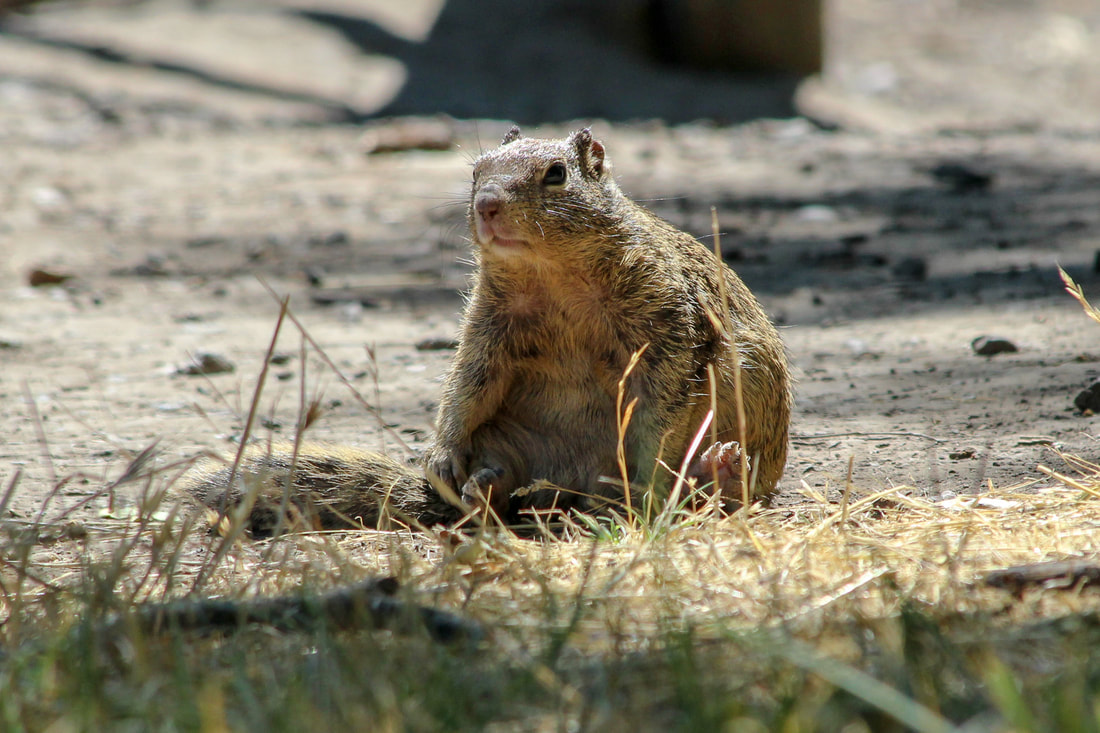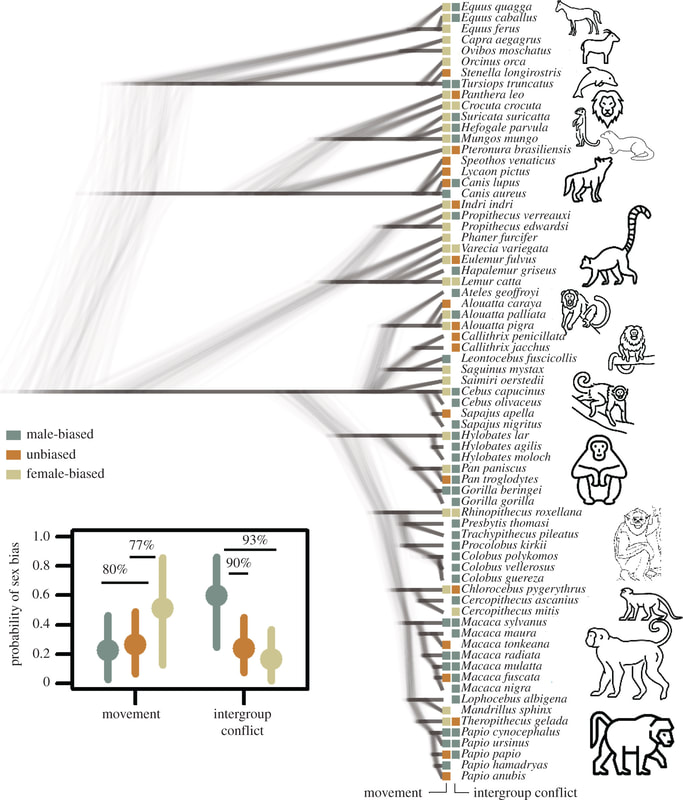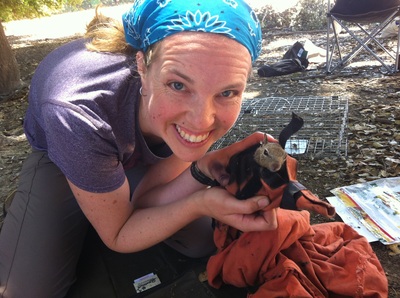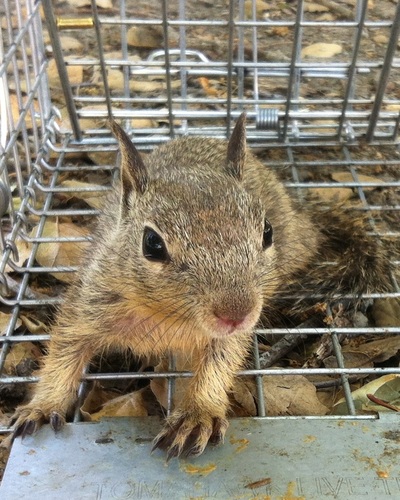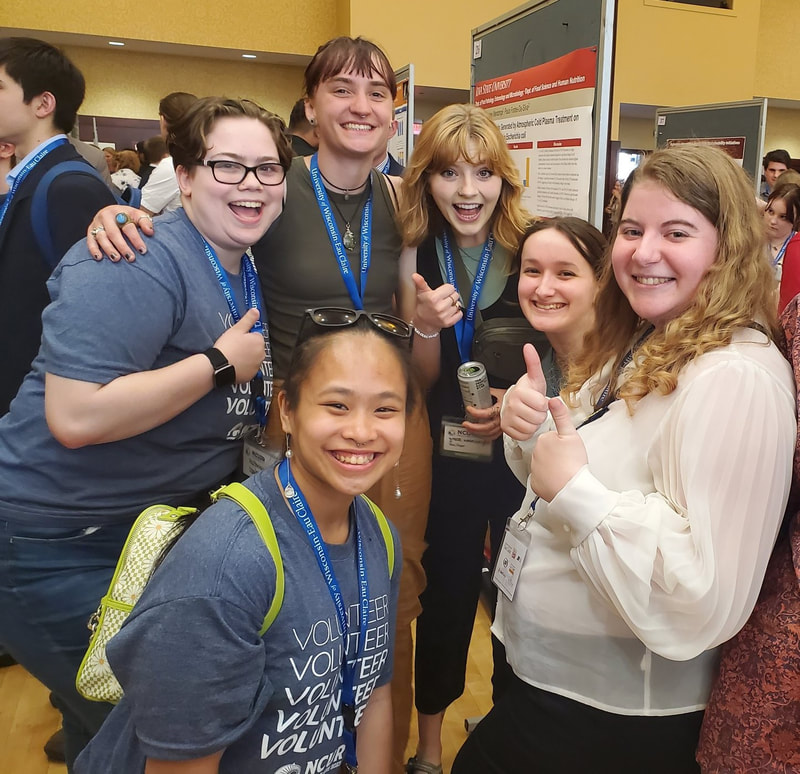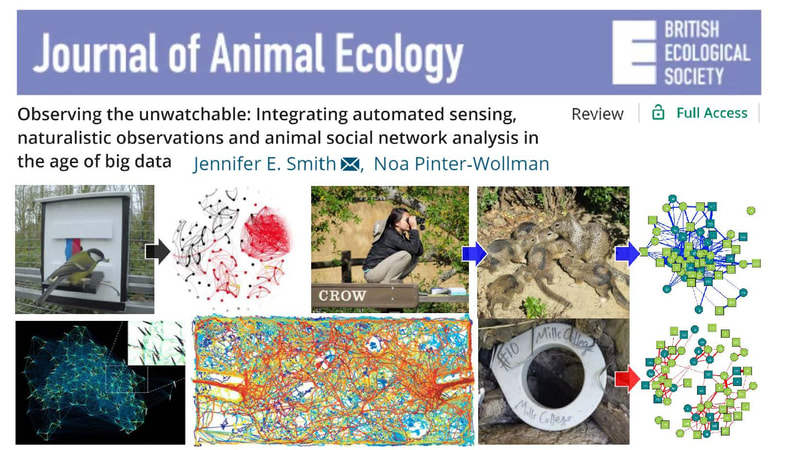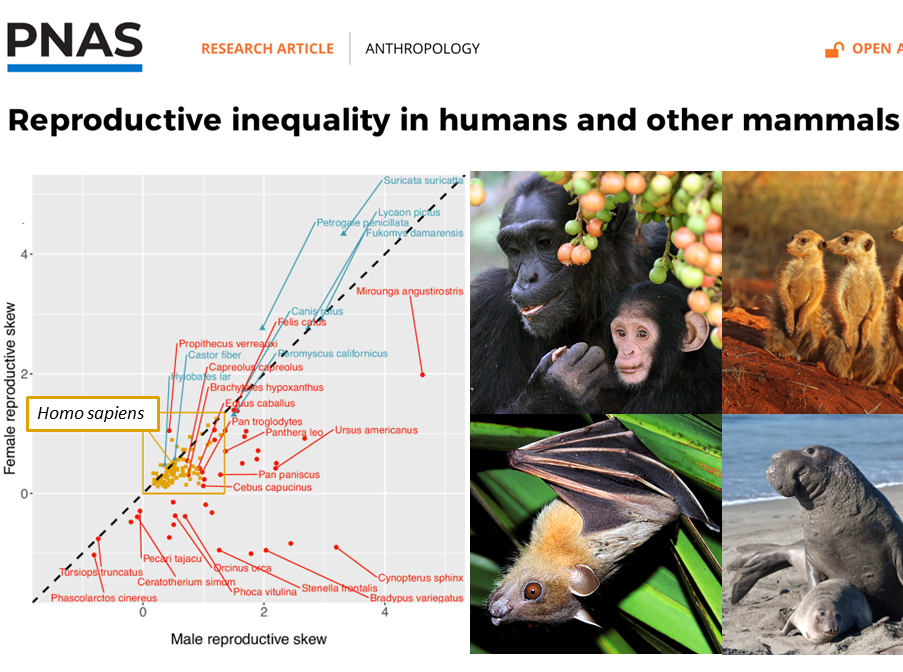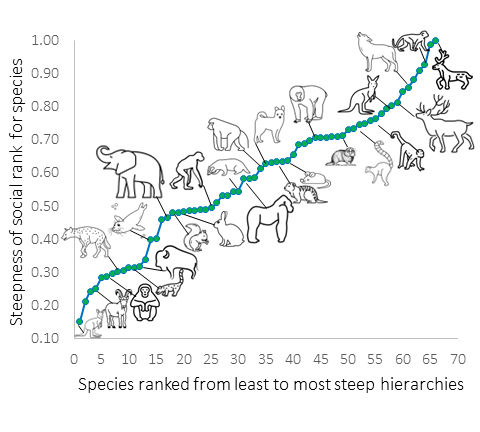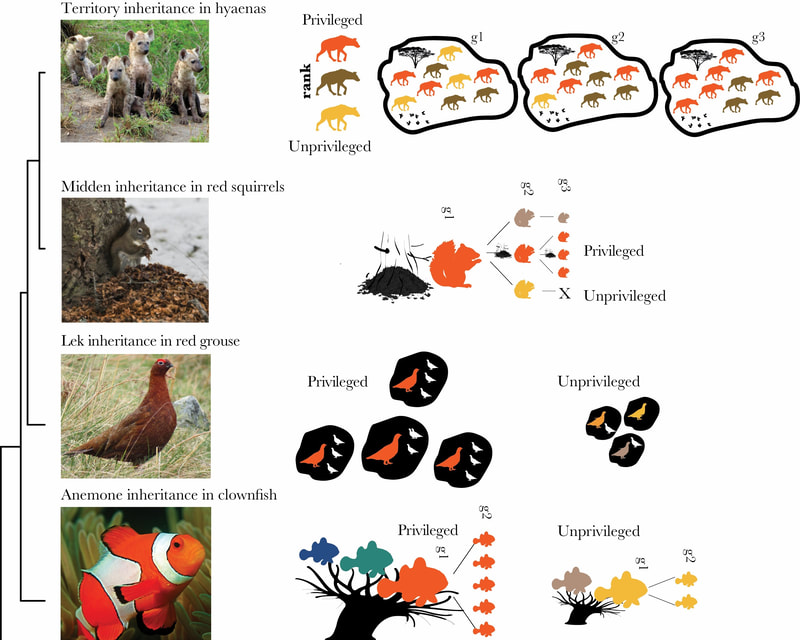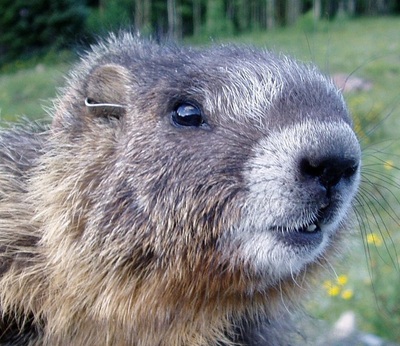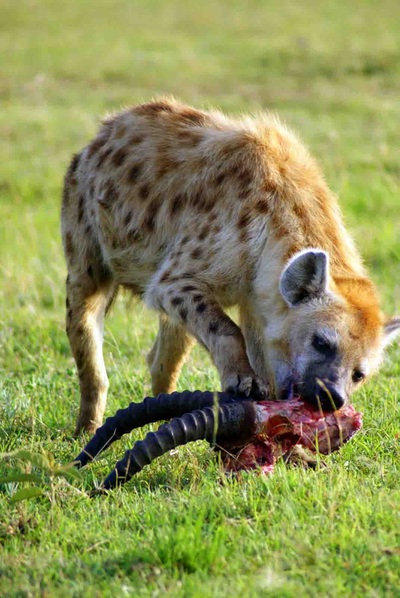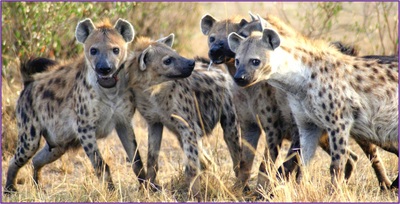Behavioral Evolutionary Ecology Research
Our research integrates perspectives from evolutionary biology, ecology, animal behavior, and physiology in an effort to understand how natural selection and current ecological conditions shape decision-making in mammalian societies. We focus on rich data sets for which extensive behavioral, demographic, genetic, and endocrine measures are available for multiple generations of individually-marked populations of free-living social mammals. We use long-term data on free-living mammals to understand the causes and consequences of mammalian social evolution. We also use the comparative approach to reveal rules governing social behavior, inequality, and leadership in collective behavior across mammalian societies.
Major research questions:
1. Which evolutionary forces shape patterns of cooperation, leadership and inequality in mammals?
2. Which social and endocrine mechanisms permit animals to cope with life in unpredictable environments, including human-induced rapid environmental change? To what extent are an individuals' traits consistent across time and major ecological situations?
3. What are the costs and benefits of social network connections among mammals? How resilient are networks to perturbations and how do networks influence transmission of disease and information?
Our research integrates perspectives from evolutionary biology, ecology, animal behavior, and physiology in an effort to understand how natural selection and current ecological conditions shape decision-making in mammalian societies. We focus on rich data sets for which extensive behavioral, demographic, genetic, and endocrine measures are available for multiple generations of individually-marked populations of free-living social mammals. We use long-term data on free-living mammals to understand the causes and consequences of mammalian social evolution. We also use the comparative approach to reveal rules governing social behavior, inequality, and leadership in collective behavior across mammalian societies.
Major research questions:
1. Which evolutionary forces shape patterns of cooperation, leadership and inequality in mammals?
2. Which social and endocrine mechanisms permit animals to cope with life in unpredictable environments, including human-induced rapid environmental change? To what extent are an individuals' traits consistent across time and major ecological situations?
3. What are the costs and benefits of social network connections among mammals? How resilient are networks to perturbations and how do networks influence transmission of disease and information?
Long-term study of California ground squirrels
In 2013, Jenn Smith and her undergraduate team initiated the Long-term Study of California Ground Squirrels at Briones Regional Park in the San Francisco Bay Area. This project has expanded to support doctoral and postdoctoral projects. We monitor the life history traits, social network traits and physiological "stress" responses (e.g., glucocorticoids) and genetic biomarkers (e.g., gut microbial diversity, whole-genome sequencing) from marked individuals across the lifespan to reveal the causes and fitness consequences of social and risk-sensitive decision-making in a changing world. This work is in collaboration with Dr. Sonja Wild and Dr. Andy Sih at the University of California-Davis.
In 2013, Jenn Smith and her undergraduate team initiated the Long-term Study of California Ground Squirrels at Briones Regional Park in the San Francisco Bay Area. This project has expanded to support doctoral and postdoctoral projects. We monitor the life history traits, social network traits and physiological "stress" responses (e.g., glucocorticoids) and genetic biomarkers (e.g., gut microbial diversity, whole-genome sequencing) from marked individuals across the lifespan to reveal the causes and fitness consequences of social and risk-sensitive decision-making in a changing world. This work is in collaboration with Dr. Sonja Wild and Dr. Andy Sih at the University of California-Davis.
We combine classical ecological monitoring with new advances in tracking technologies and social network theory to observe animal social interactions at spatiotemporal resolutions that have previously been hidden from humans to observe the unwatchable. We study extent to which individuals are consistent across major ecological situations, such during collective action, group foraging, mobbing predators, or when socializing in constrained versus spaces that are relatively open and free.
This project is supported by the National Science Foundation, the Barrett Foundation, the W. M. Keck Foundation, the Contra Costa Fish and Wildlife Fund, and Mary Bowerman Science and Research Program. Major collaborators include Andy Sih at UC-Davis and Eileen Lacey at UC-Berkeley.
This project is supported by the National Science Foundation, the Barrett Foundation, the W. M. Keck Foundation, the Contra Costa Fish and Wildlife Fund, and Mary Bowerman Science and Research Program. Major collaborators include Andy Sih at UC-Davis and Eileen Lacey at UC-Berkeley.
Mammalian social evolution: Insights from a comparative perspective
The evolution of cooperation is a long-standing evolutionary puzzle. Using the comparative approach, we aim to reveal the ecological drivers and evolutionary origins of cooperation and the emergence of other group-level phenomena in animal societies. We study the rules governing social decision-making, ecological contexts favoring the emergence of collective behavior, leadership, and social network resilience across mammalian societies. This work offers a transdisciplinary lens to understand patterns of reproductive inequality, differential access to resources, power and privilege in the natural world. Funding from the National Institute for Mathematical & Biological Synthesis and WIKO Institute for Advanced Study in Berlin. Collaborators include Mark van Vugt (VU Amsterdam), B.N. Horowitz & Michael Alfaro (UCLA), Amelia Meier (Duke) & Peter Kappeler (Göttingen University).
Ongoing collaborations on social carnivores and ground squirrels
We collaborate with Dr. Kay E. Holekamp at Michigan State University to study the social behavior of spotted hyenas. Kay initiated her amazing Mara Hyena Project in Kenya back in 1988 and these rich data continue to offer new insights into why social mammals cooperate, maintain social networks and engage in other forms of complex social behaviors. Social network dynamics vary over time but connections among kin are highly resilient. Adult females hyenas form powerful coalitions, intervening on behalf of maternal and paternal kin, lead in collective movements, and use greeting to promote cooperation and reduce conflict at reunions within their fluid societies, shaped by fission-fusion dynamics.
In collaboration with Dr. Dan Blumstein at the University of California Los Angeles, we also study the behavior and endocrinology of marked yellow-bellied marmots across their lives in the areas surrounding the Rocky Mountain Biological Laboratory in Colorado, dating back to 1962. We find that outcomes during play early in life predict dominance status later in life, that affiliative interactions increase in symmetry as marmots mature, individuals possess consistent endocrine traits, and high-ranking females are less "stressed" and produce more offspring than low-ranking female marmots.
